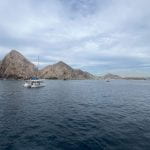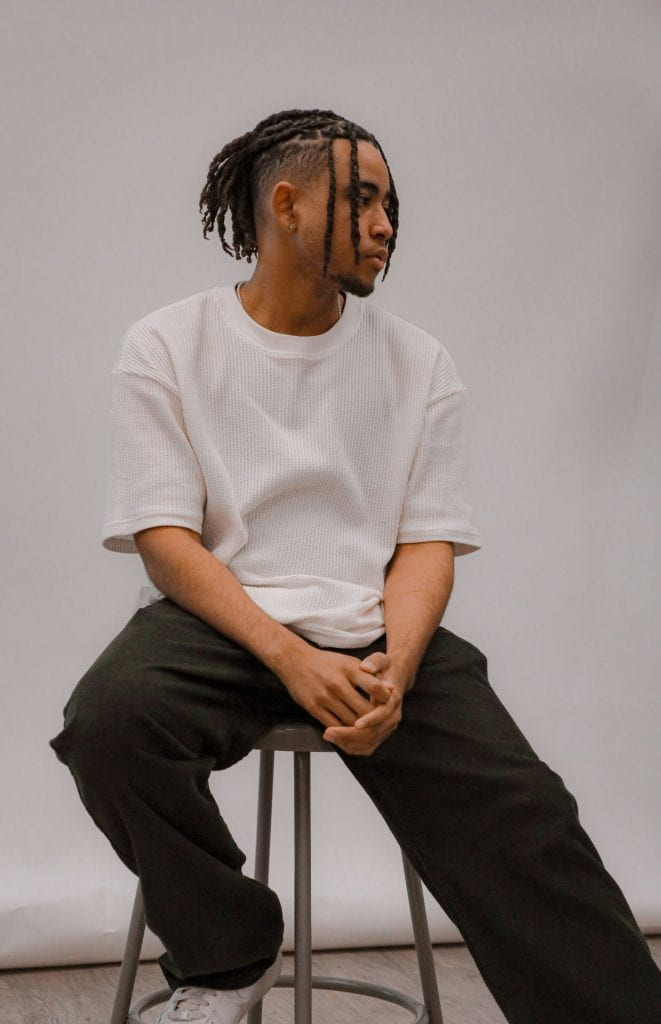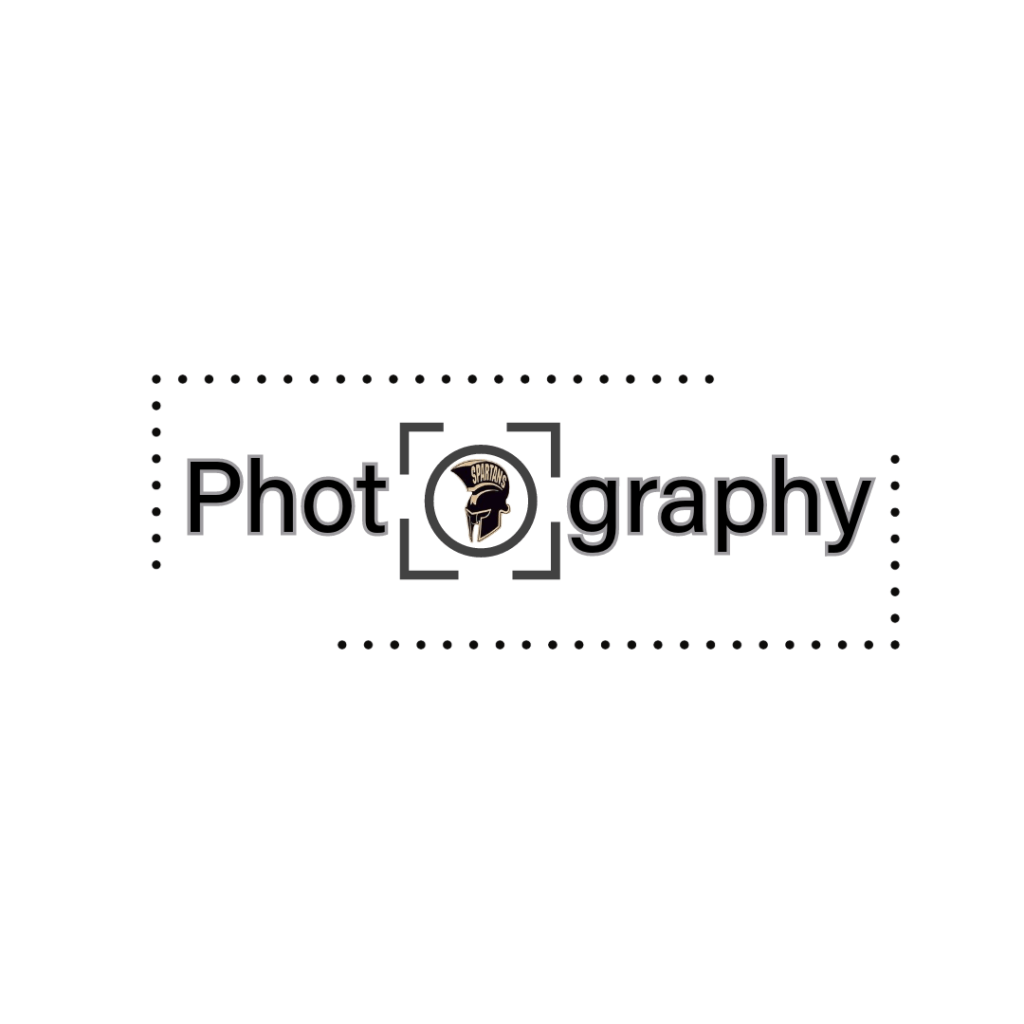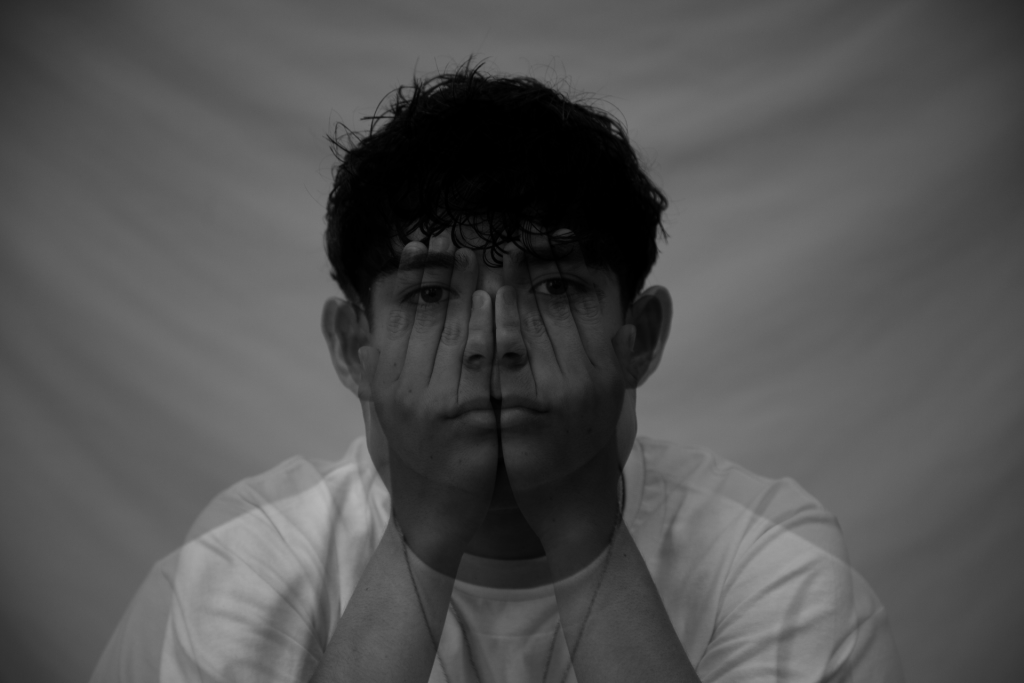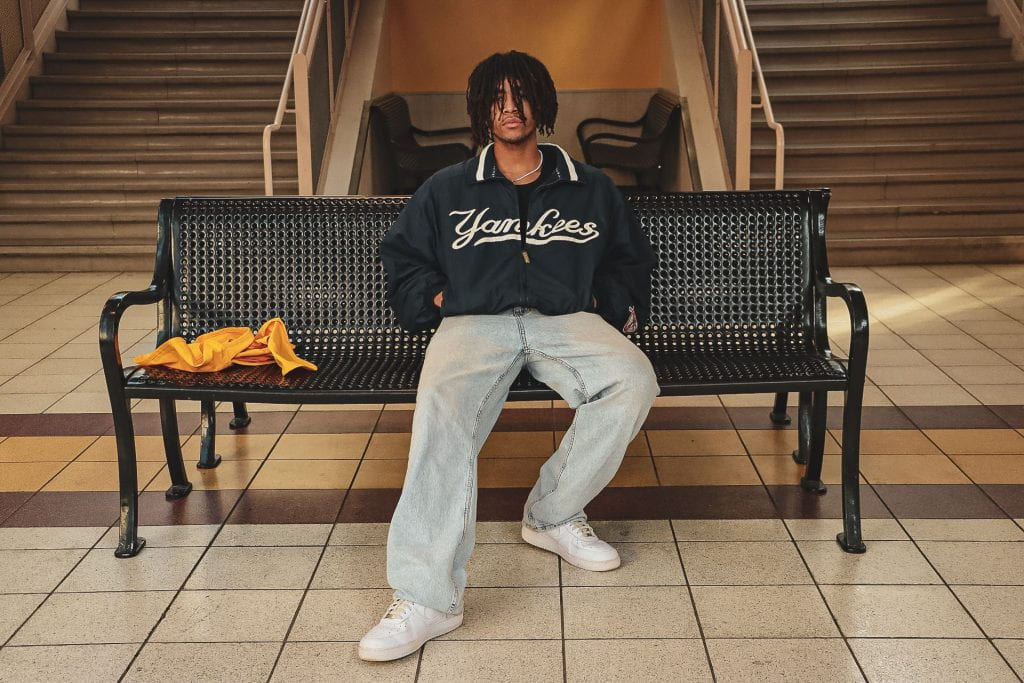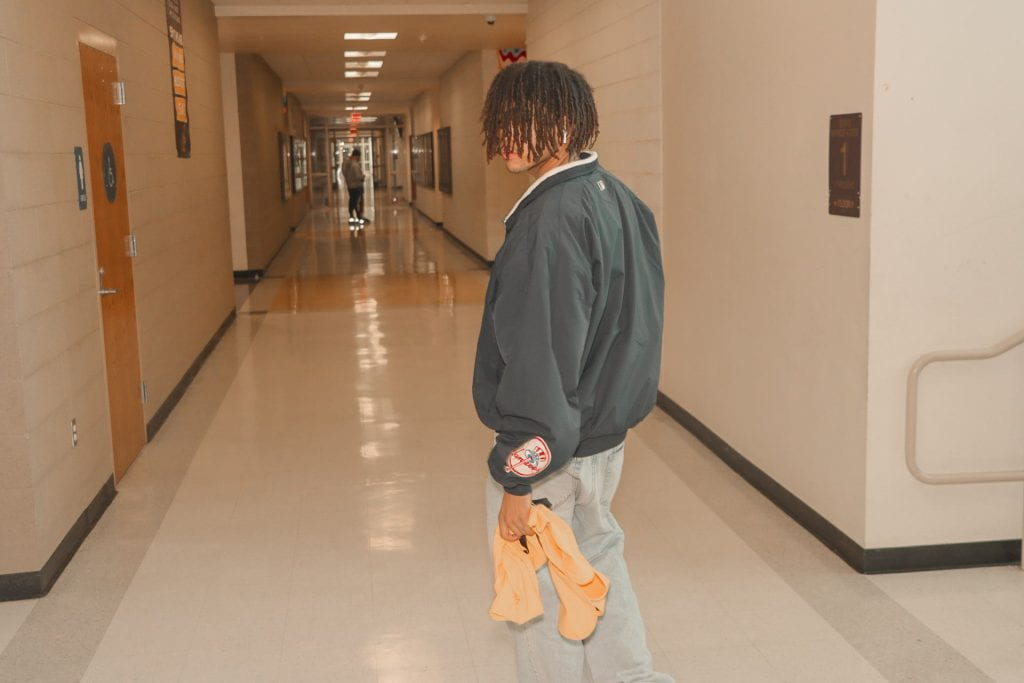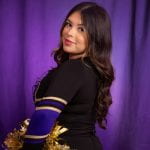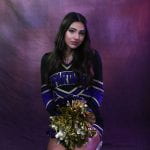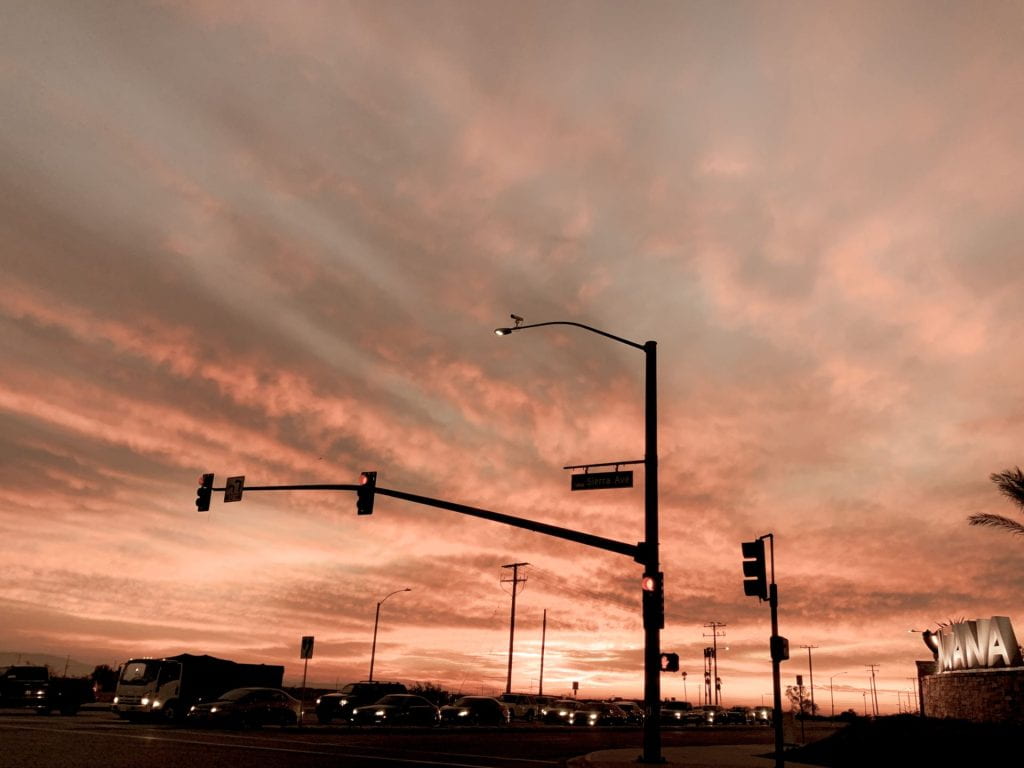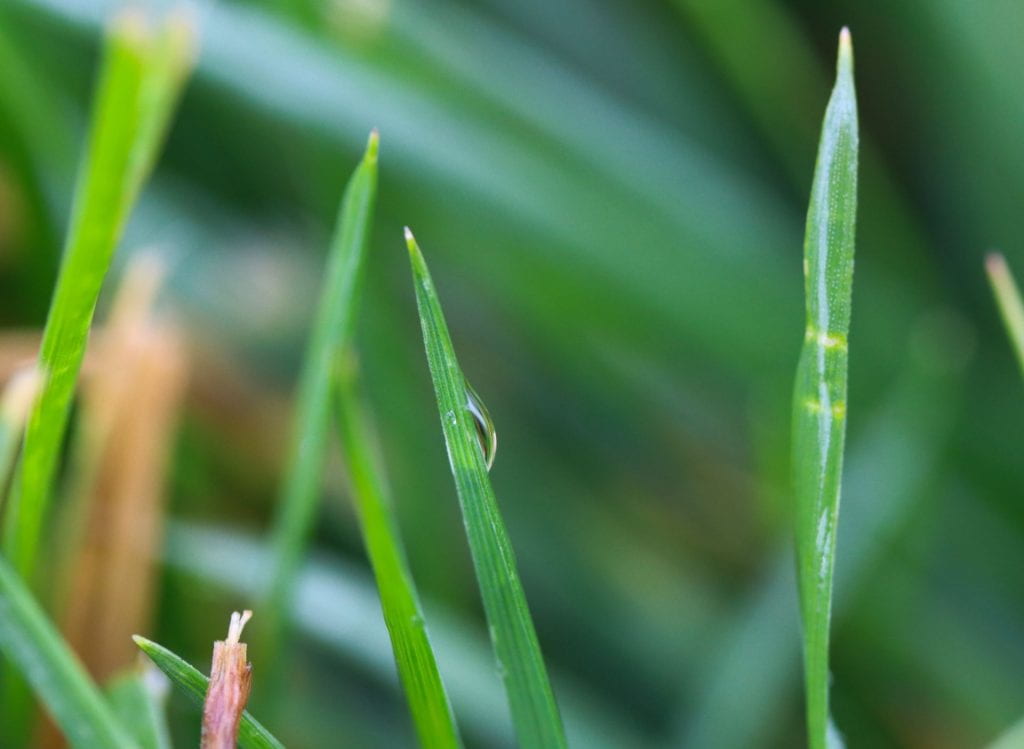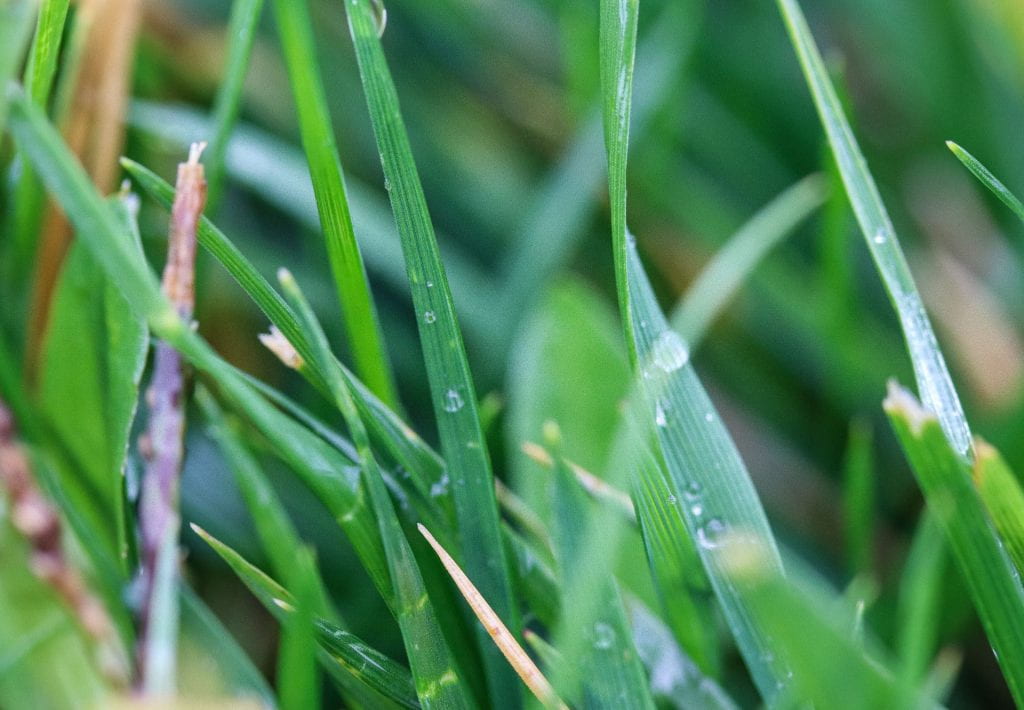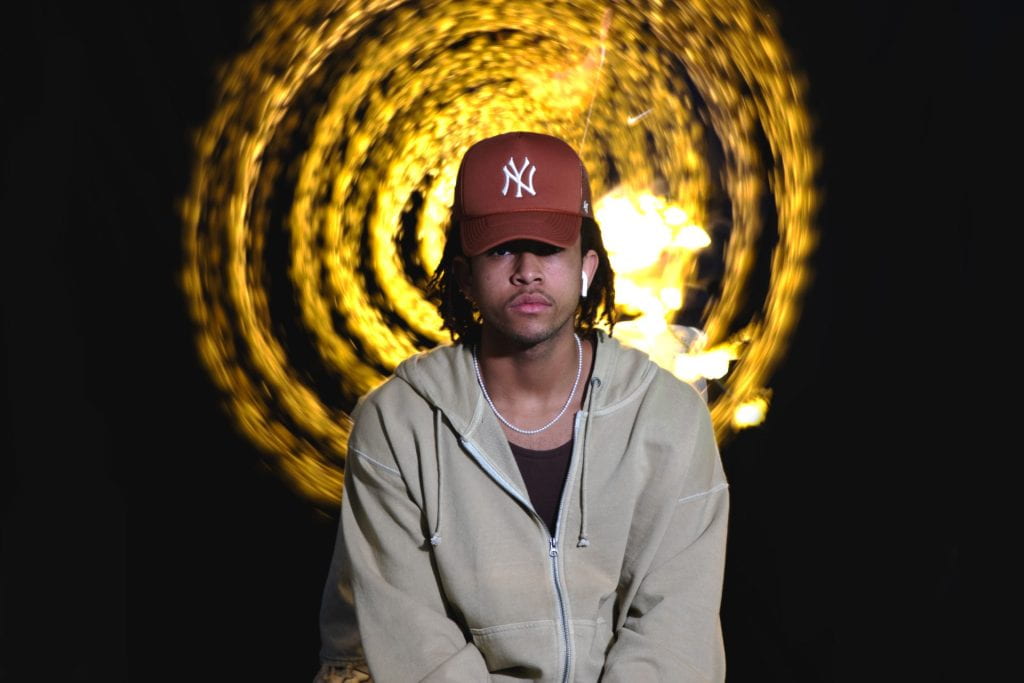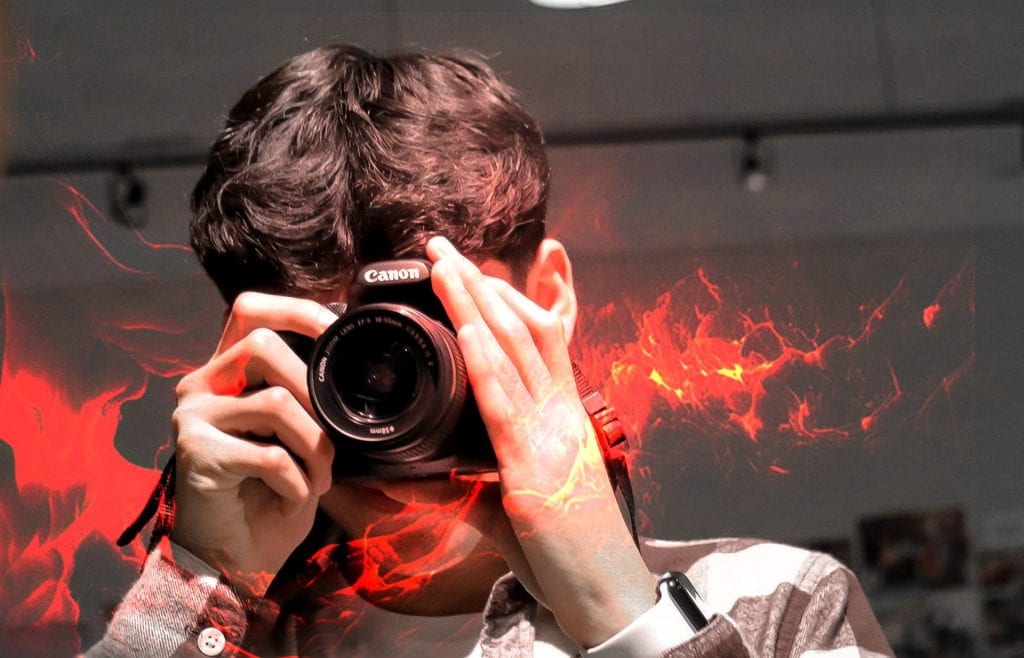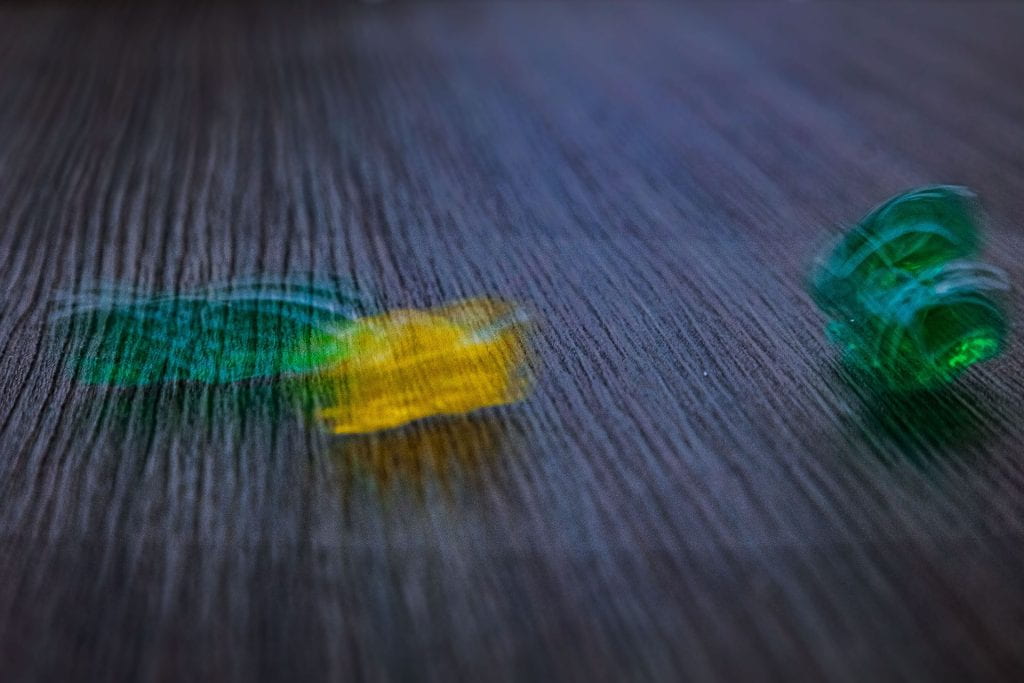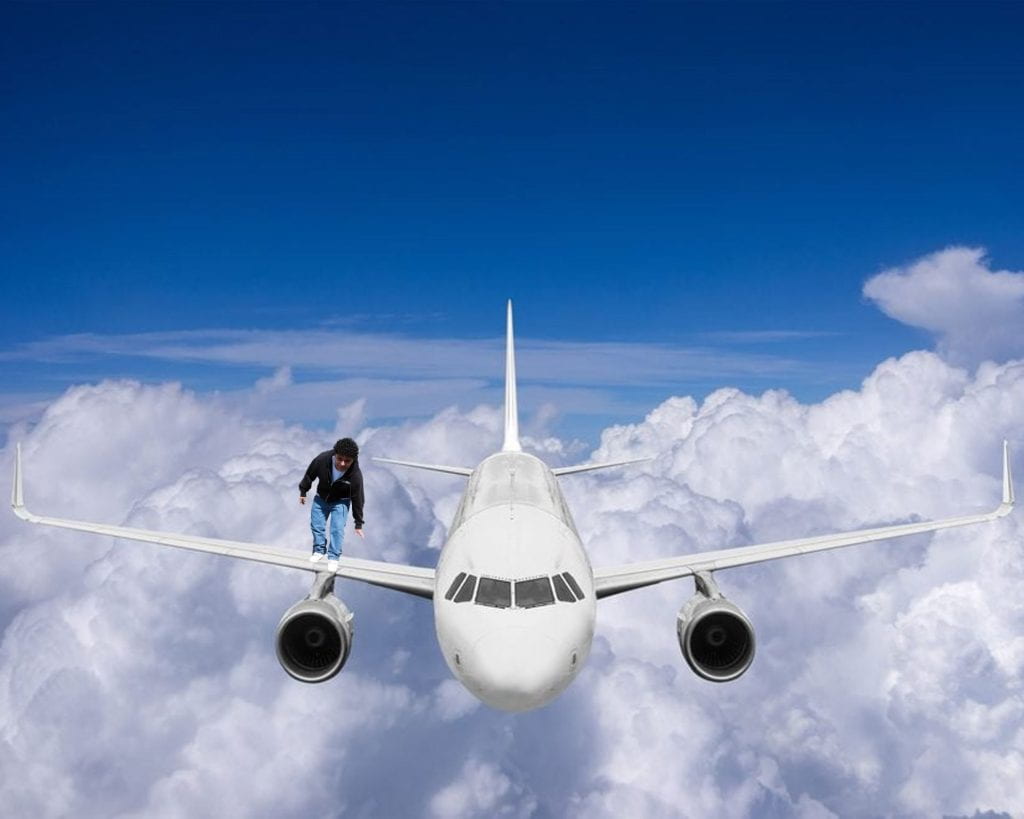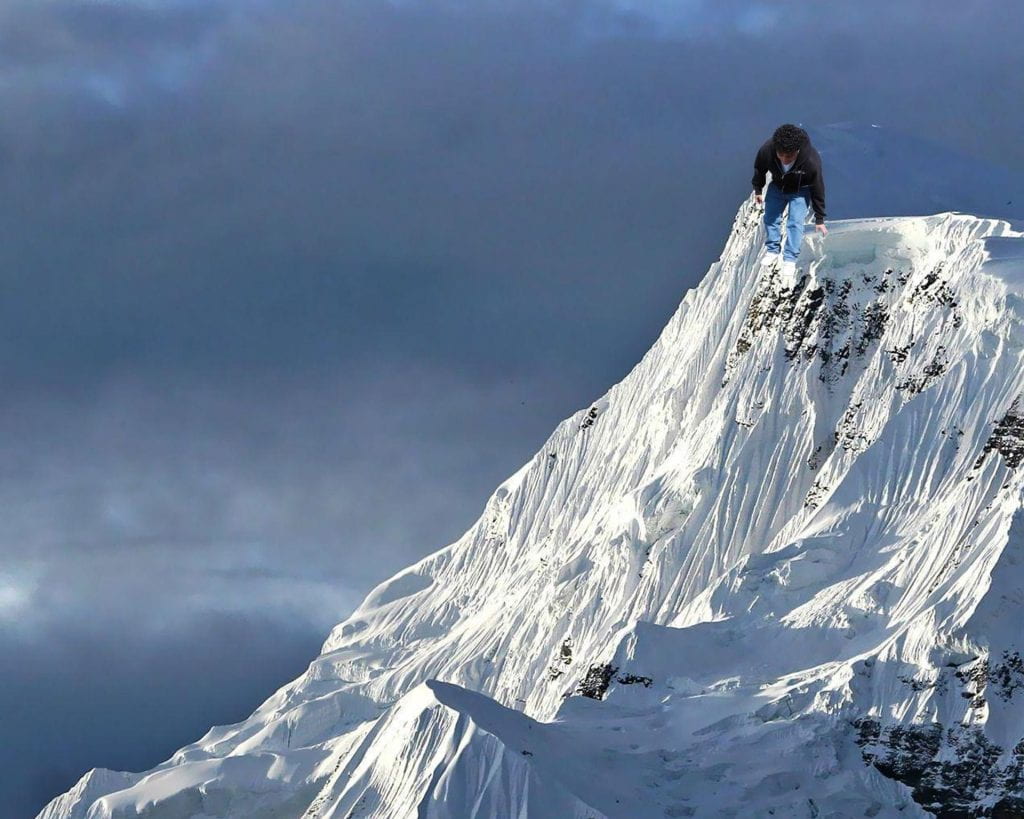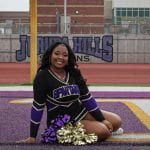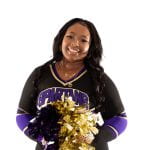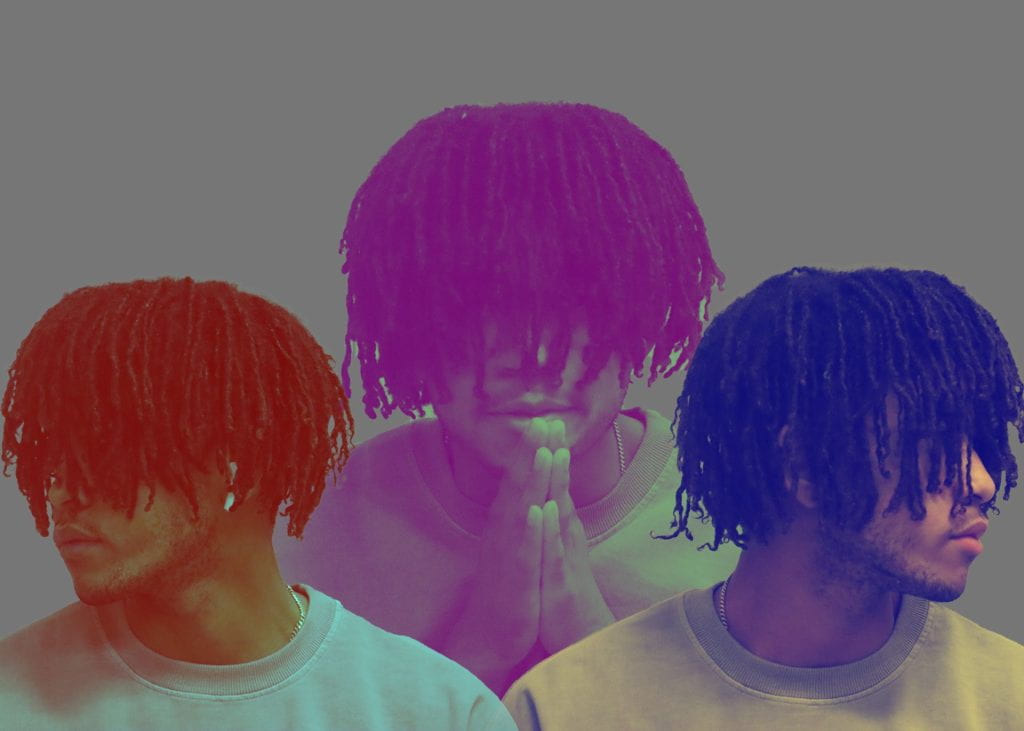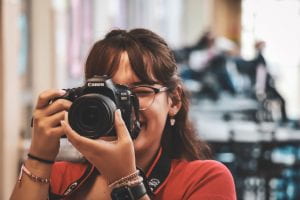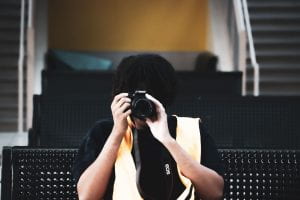Assignments
Business Photography
With regards to promoting as an expert picture taker, it’s vital to grandstand your work through different channels like online entertainment, a site, or in any event, teaming up with neighborhood organizations or powerhouses. Concerning evaluating, it relies upon factors like your experience, area, and the kind of photography you offer. Making a field-tested strategy can assist you with deciding your expenses, target market, and upper hands. In an agreement, you would commonly incorporate subtleties like the extent of work, installment terms, conveyance timetable, use privileges, and wiping out strategies.
Vacation
Me and Myself
Graduation Cover
Fashion
Album Cover
Artificial Intelligence in Photography
In my opinion, the effective use of AI in photography lies in its ability to enhance and streamline the creative process. AI-powered tools can assist photographers in tasks such as image editing, organization, and even composition, allowing them to focus more on their artistic vision and less on the technical aspects. Additionally, AI can help democratize photography by making advanced editing techniques accessible to a wider audience, enabling amateurs to achieve professional-looking results.
However, it’s essential to use AI in photography ethically and responsibly. This means being transparent about the use of AI in image editing, ensuring that the final images are a true representation of reality, and respecting the privacy rights of individuals. By using AI in a thoughtful and considerate manner, photographers can leverage its power to create stunning visuals while upholding the integrity and authenticity of their work.
CTE Photo Logo
Inspirational Poster
Hand & Face Montage
Re-Create a Photo
Body Scape
Photo Stories
- Dylan Furst is a talented photographer known for his captivating nature shots. He’s got a unique style that really brings out the beauty of the outdoors. One interesting thing about his story is how he started as a hobbyist and turned his passion into a successful career. His photos often feature stunning landscapes and wildlife, making you feel like your there in that moment.
- Takashi Yasui is a talented photographer who captures the beauty of everyday life in Japan. His photos have a serene quality that really draws you in. One interesting thing about his story is how he uses light and shadows to create stunning compositions. His work often showcases the unique blend of tradition and modernity in Japan. Takashi’s photographs have a way of transporting you to the streets of Tokyo or the serene countryside.
Emotion Series
TIME Magazine Cover
No Caption
Valentines Card
Cheer Photo Pt.2
CTE Showcase
Sunset Photos
Macro Close Up
Light Painting Portraits
Food Photography
- Make sure you have a chef that’s willing to go above and beyond when it comes to plating the dish. You want everything to be brightly colored and placed neatly.
- A plate with too much going on will easily detract from the star of the image.
- Make sure the pieces are placed in an appealing manner and that any details like sauces or garnishes aren’t detracting from the image.
- Sometimes less is better when it comes to food photography.
- Natural daylight tends to be the most flattering.
- Use a Shallow Depth of Field.
- When you shoot with a shallow DOF, you’ll want to keep the focal point towards the front of the image.
- Focus on the piece closest to the front and let the rest elegantly fade.
- Be creative, be willing to think outside the box and get ready to experiment and have fun.
- Keep it Fresh.
Low Key Portraits
Self Portrait w/ Blend
Career Tree
- Which photography related career(s) are you most interested in?
Advertising Marketing, Camera Operator, Studio Assistant.
- After doing some research on the career, what are some of the job responsibilities?
They work with camera operators or camera supervisors, helping with the photography of a TV program in any way necessary. This can include labelling tape and materials as they’re used, setting up camera rigs or making teas and coffees for the rest of the camera team.
- What is the basic salary (in the location you would like to live in)?
$48,753-72071
- What interests you about this field?
The way to use the camera in different fields and the chances to explore a camera and have a life out of it interest me.
- What education and skills would you need to get a good job in the field?
While there are no education requirements for camera operator positions, some education can make you a more competitive candidate when you apply for open jobs. You can enroll in courses at a university or technical college to earn a diploma, certificate or advanced degree related to this career.
CTE Poster
Book-face Replacement
Diptych: Opposites
Motion Blur
Motion blur tips:
- These shots are all about making sure your camera is completely still (tripods are key if you can) and anticipating the moment.
- One technique to try is slow sync flash which will give the effect of movement while also capturing a split second in time.
- The key in many places is to choose a shutter speed that is slow enough to get wing movement but fast enough to keep the rest of the moving bird sharp.
- they’re often taken at night so as to capture colorful ambient light.
- Motion blur photography is all about embracing blur for artistic impact.
10 ways to get inspired in my photography are:
- Go to the movies.
- Try to learn a new lighting technique.
- Join a photo walk.
- Look at popular photo blogs and get inspired.
- Listen to your favorite music.
- Read an art magazine.
- Shoot a sporting event.
- Treat yourself to “photo inspiration” coupons.
- See an art show.
- Take on a photo assignment or challenge.
Sandy Skoglund
Wassily Kandinsky
David Hockney
Levitation Series
Social Issue Poster
I feel this way about gun violence can cause harm and pai to individuals and communities. The thing that influenced my decision to make this poster is because of the many shootings that have happened in school causing little kids and adults to get harmed or killed. The “flip side” of this topic would be promoting gun safety, implementing stricter regulations, and focusing on mental health support to prevent such incidents. People who support gun violence may argue that it is necessary for self-defense, protection of personal freedom, or to deter crime. I choose gun violence because I believe it’s a real big issue in the world with people getting harmed/killed. My artwork is not meant to offend anyone, it’s just to make a statement against it. Only the people are with gun violence will be offended. I believe everyone has their own opinions so some may get offended or not it’s up to them.
Cheer Photoshoot
Block Printing
Double Color Exposures
Shopping Spree
Shopping Spree
- Manfrotto MT190CXPRO3 Carbon Fiber Tripod $3793.95, To hold and get steady imagery
- Canon RF 100-400mm f/5.6-8 IS USM Lens $649.00, For different accusations, trying to get different angles or zoom in or out.
- FUJIFILM XF 50-140mm f/2.8 and XF 100-400mm f/4.5-5.6 Lenses Kit $3,348, For also different kind of shots, for wide or zoo
- Canon Speedlite 430EX III-RT $299, If the place needs light for my subject and need to brighten up my subject
- Canon EOS 5D Mark IV DSLR Camera with 24-105mm f/4L II Lens $3,799, a camera to take the photos
Collage
File Formats Explain
JPEG is the most popular lossy compression file format for digital images. It is mainly used for digital photography and can be used for both online and hard prints.
PNG stands for “Permanent PNG,” which stands for “pixels per inch,” and refers to the fact that PNG files are built using a single set of color pixels instead of the mathematical algorithms of vector files.
TIFF stands for “Tagged Image File,” and is a tag-based image file. It is used for higher quality raster type graphic files. GIFs are often animated.
RAW stands for “raw” or “unprocessed,” which refers to the uncompressed or raw image data that is captured by the digital camera’s or scanner’s sensors.
Raw files show more shades of color and better represent the white balance, Contrast, Exposure etc.
TIFF, like a Raw file, is very large. It can’t be displayed on the Internet.
Gif
Gif is a popular file format used by web designers, graphic artists, and for simple logo and banner graphics.
PNG is the most popular file format used for digital images and can be used as well as hard prints.
Lossless data compression (LDS)
Man + Nature
Triptych
Shallow Depth of field
Read And Write
- Aperture: Controls the area from which light enters the camera. Shutter: Controls the duration of the exposure. ISO sensitivity: controls the sensitivity of the camera sensor to a certain amount of light.
- If there is less light, you will need a higher ISO value to compensate. High ISO increases your camera’s sensitivity to light, which is ideal for low-light situations.
- Aperture Priority (A) lets you choose the aperture you want (aka f-stop), but the camera chooses the shutter speed. With Shutter Priority (S), you can choose the shutter speed you want, but the camera chooses the aperture setting.
- some cameras have different automatic modes to help you focus in different situations. You can choose one either from the camera’s settings menu or via a dedicated button
- Another use for light meters is to find which parts of a scene or object are most brightly lit.
- The wide-angle lens offers a wide field of view and allows for more sight. In contrast, a telephoto lens has a narrower field of view
- removes unrealistic color tones, making white objects in your photo.
- The depth of field is the area of acceptable sharpness in front of and behind the subject on which the lens focuses.
- Metering describes the process by which the camera decides to set the correct shutter speed and aperture based on the amount of light the camera can collect
- Exposure compensation is a technique for adjusting the exposure indicated by a photographic exposure meter, taking into account factors that may cause the indicated exposure to result in a less than optimal image.



